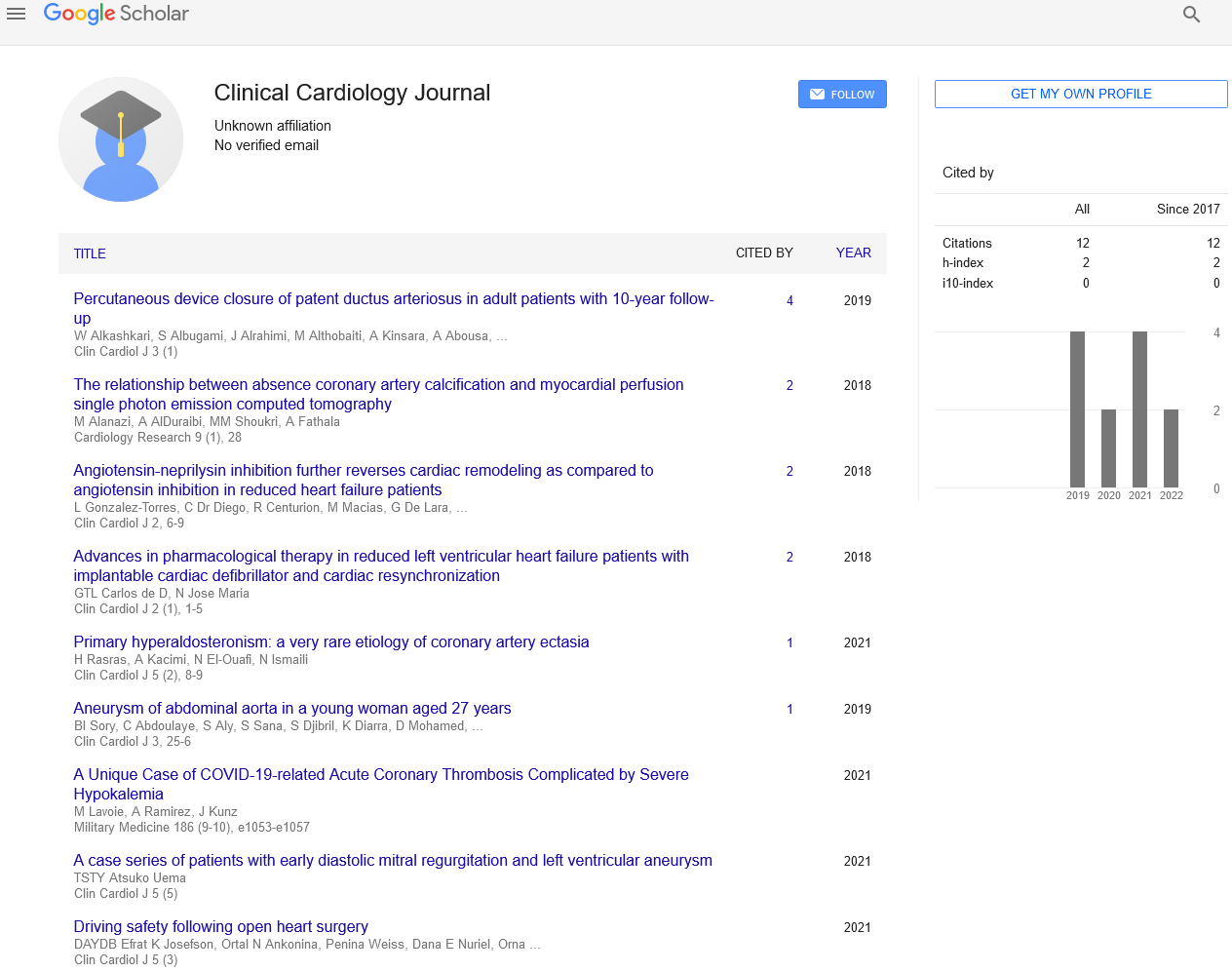Understanding the concept in replacement of transcatheter mitral valve
Received: 10-May-2021 Accepted Date: May 15, 2021; Published: 20-May-2021
Citation: Udayan KS. Understanding the concept in replacement of transcatheter mitral valve. Clin Cardiol J 2021;5(3):1
This open-access article is distributed under the terms of the Creative Commons Attribution Non-Commercial License (CC BY-NC) (http://creativecommons.org/licenses/by-nc/4.0/), which permits reuse, distribution and reproduction of the article, provided that the original work is properly cited and the reuse is restricted to noncommercial purposes. For commercial reuse, contact reprints@pulsus.com
Editorial
Mitral regurgitation can be caused by a range of defects of both the mitral valve apparatus and the left ventricle, unlike aortic stenosis, which has a comparatively small number of mechanisms for valve degradation (LV). Mitral regurgitation can be caused by problems with the annulus of the mitral valve, the anterior and posterior leaflets of the mitral valve, the chordae tendineae, and the anterolate.
In patients with high or prohibitive surgical risk, transcatheter mitral valve (MV) repair, specifically edge-to-edge leaflet repair, is a less invasive treatment for symptomatic mitral regurgitation (MR). Transcatheter MV repair can result in suboptimal results in cases of severe leaflet calcification, small mitral orifice region, and/or extremely large regurgitation across the entire MV commissure. In these situations, MV replacement might be a better choice. Percutaneous transcatheter MV replacement has recently emerged as a viable treatment choice for degenerative surgical bioprosthetic disease. Furthermore, multiple transcatheter devices for native MV replacement are being evaluated in the hopes of restoring MV function more fully and consistently. While open-heart surgery is an effective treatment for mitral valve problems, it is not for everyone. Without open-heart surgery, transcatheter mitral valve repair is a minimally invasive procedure that can increase the quality of life. Transcatheter technology advancements have revolutionised the treatment of aortic valve disease, resulting in the acceptance of transcatheter aortic valve replacement (TAVR) for all risk groups. Mitral regurgitation, on the other hand, is the most common form of valve disease in the developing world.
Mitral regurgitation is more common as people get older, with a low prevalence in children. The FDA has only approved Mitra Clip as a device for TMVR at this time. In the modern age, research is needed to better understand the current state of transcatheter MV replacement for both degenerated surgical bioprosthetic disease and native MV disorders, as well as the applications, clinical results, and limitations that must be addressed. Despite these obstacles, both transapical and transseptal devices are being established at the moment, with some in early feasibility trials and others entering pivotal trials. As the field of transcatheter mitral valve replacement (TMVR) advances, using the heart team approach to classify and individualize patients with mitral valve disease will become increasingly important.





